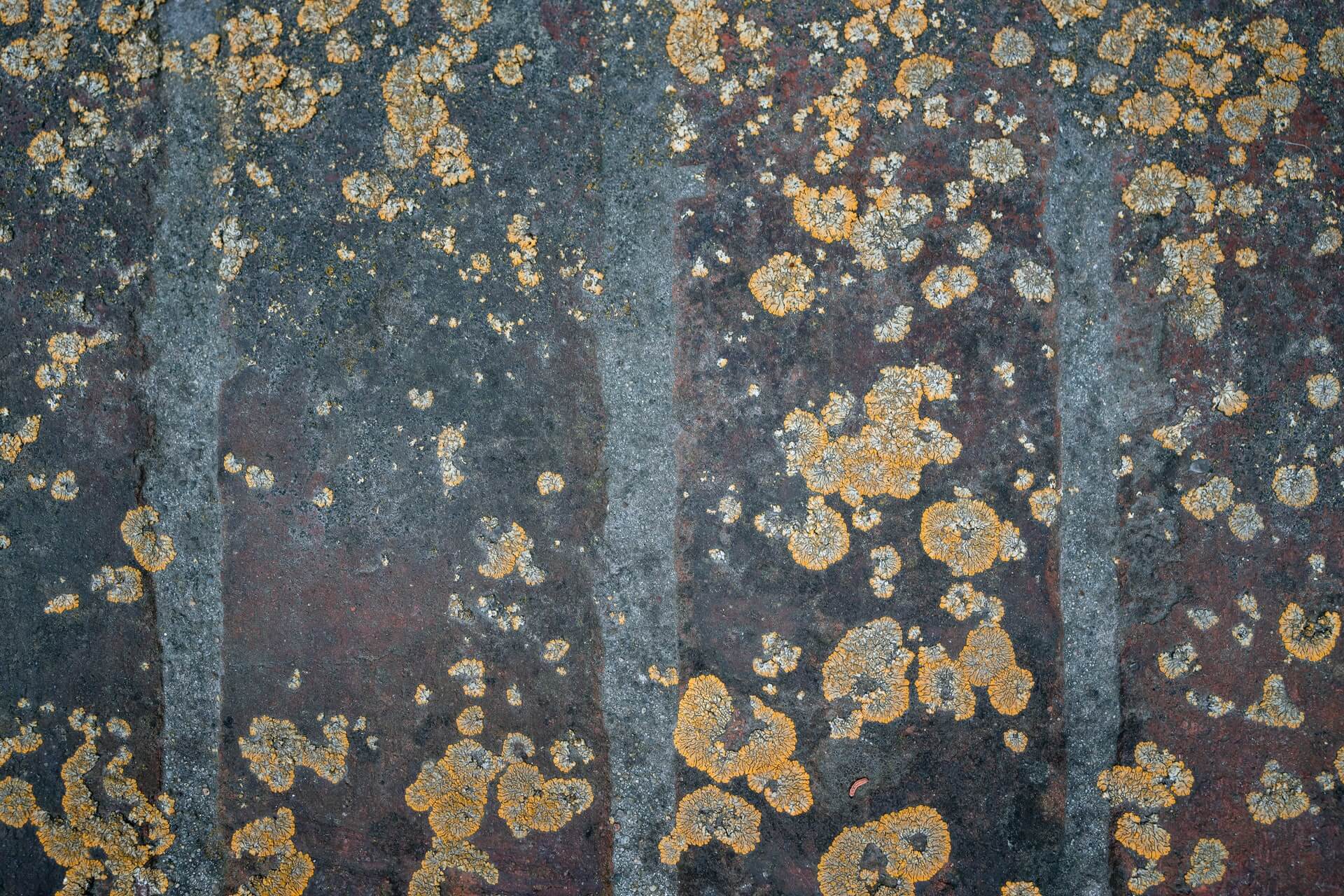Why Is There Mold Under My Siding- Mold Removal Tips
 Mold is a common issue that affects all sorts of buildings. However, mold may be seen spreading under the siding. It may swiftly grow, and owners are often unaware of it, causing several issues that can be expensive to resolve. Understanding how to spot mold and discover its root causes may minimize its staggering effects. Discover more about the hazards of hidden mold under the siding.
Mold is a common issue that affects all sorts of buildings. However, mold may be seen spreading under the siding. It may swiftly grow, and owners are often unaware of it, causing several issues that can be expensive to resolve. Understanding how to spot mold and discover its root causes may minimize its staggering effects. Discover more about the hazards of hidden mold under the siding.
How Does Mold Grow?
Mold is a kind of fungus that lives outside and inside buildings. Interestingly, mold requires special conditions and temperatures to grow. It grows in warmer, moist, and wet environments, which might multiply and grow exponentially. Mold seeds spread by wind flow are used to produce the mold. It may develop in any area with humidity, even under the siding. It may be difficult to remove mold after it has developed because touching it releases other seeds into the air.
What Causes Mold to Grow Under Siding?
Moisture and mold seeds may enter the siding in a variety of ways. It usually happens when a joint has rips or cracks. It gives an ideal entry point for all fungi and insects looking for a warmer place to stay. Window frames provide another access point for mold spores and water into the siding. The water that flows from the rooftop must be separated to prevent it from entering the house. If failed to do so, water may enter under the siding, allowing mold to grow.
Risks of Mold Under Siding
Leaving mold to develop under your siding may have various adverse effects. For instance, it may significantly influence the construction and durability of the house. It lives on organic things such as paper, glue, and wood. It will physically eat away items such as flooring, wood studs, and drywall over time, allowing them to decay. When left untreated, mold-affected flooring, roofs, and even ceilings may fall, posing a severe safety risk to individuals living in the house.
Although it may take a while for mold to damage your house to the level that causes things to fall, mold does not need much time to ruin things further than the extent of siding restoration. Mold is extremely deadly when it enters your living area’s HVAC systems. Mold is challenging to eliminate from tiny spaces such as vents, but wind through this ventilation system may also push mold seeds into the atmosphere. If people in your house inhale these seeds, they may develop various health issues.
Mold spreading under the siding is an issue for a variety of factors. It is crucial to understand that mold spotted on the outer walls of your house does not remain outdoors. It will eventually make its way further inside your house if left unchecked and unchallenged. When you want to sell your home later, consider that mold might reduce the property’s value. Although if you cannot see or identify the mold, a skilled professional will find it and remove it for you.
Follow these mold removal tips to remove mold under your siding:
- Perform Routine Cleanup
Clean the surface of your siding every week with a soft-bristle brush and a garden hose. Mold seeds float in the atmosphere and attach and grow when it comes into touch with a suitable area. Cleanup regularly will avoid accumulation and provide a frequent chance to check out any mold that has started to grow. Furthermore, ensure to sprinkle downward to prevent water accumulation under the siding.
- Allow the Sunlight to Enter the House
Mold develops in damp, wet environments. Get as much bright daylight as possible to fall on the outside of your property to help it survive. Cut bushes, trees, and nearby shrubbery to allow the natural sunlight to stream in. It will also encourage air circulation, which helps keep the siding clean and dry.
- Reduce the Fungus
Fungus, with its soft coat, encourages obscurity and wetness. Remove any traces of fungus from your house siding when you want to prevent mold.
- Stay Proactive
On the first sign of mold buildup, act promptly to eliminate it using a water solution and concentrated bleach. It will limit ongoing development and save the problem from becoming a more significant issue that needs more energy, power, and money.
- Use Anti Mold Cleaning Agents and Cleaners
Mold cleanup is essential, and many cleaning solutions include active ingredients that destroy mold before it grows. If you do your regular cleanup, ensure to use this sort of disinfectant on the siding. It will keep mold at bay and enable you to go more extended periods without washing your house siding.
- Inspect the HVAC System
The vent from the clothes dryer can often create vapor on the house siding, and mold and fungus are attracted to it. Inspect the ventilation system around these spots regularly to ensure clean and dry. According to the EPA, the leading cause of mold in your HVAC systems.
Mold can damage anything from garden chairs to the whole building if it is left to grow unattended. The frequent molds you’ll find in your house are green-blue or white. On the other hand, Mold may appear in various colors, including gray, black, and pink. If you are looking for a professional mold removal service, contact 911 restoration Akron-canton for siding replacement or repair.


